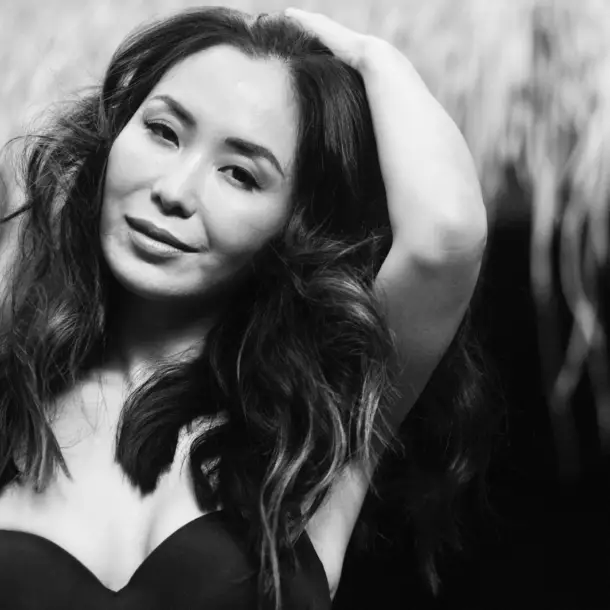
What are your true desires?
It’s already February, you may have been spinning your heels making “New Year Resolutions”… using your intellectual mind to analyze the best possible scenarios in your life, strategizing the perfect steps to attain your desires this year.
And, you may feel exhausted from “doing” and “planning.”
What do you really want in life?
What are your true desires?
What if what you think you want isn’t what you really want?
Hear me out – your mind may say you want something (or not), but your heart and body maybe showing otherwise.
Basically, are your desires rooted in your authentic self?
It’s possible to believe that your aspirations are aligned with your true essence, yet some of them may actually be influenced by society and others rather than arising from your core self (i.e. your essence).
The key difference between desires originating from your mind and those that come from your essence lies in how your body responds.

For example, Peter and Jane both want to purchase Monet art.
Peter wants to buy a piece because he genuinely loves it. He has a passion for art, and the Monet piece resonates deeply with him. He feels so pleasant and peaceful when he looks at that piece of art, and that piece of art lights him up. When he looks at that artwork, he feels uplifted, even experiencing goosebumps at the thought of owning it.
Note: Peter’s body is indicating that this desire is authentic, as evidenced by his emotional and physical reactions.
In contrast, Jane wants to purchase the piece of Monet art not because she cares about art. She believes she values art, but her desire is driven by the perception that owning such a piece will make her look good and enhance her social standing in the community. She wants to have that piece of art and broadcast to her community that she had the means to buy that rare piece of art.
In contrast, Jane’s motivation for purchasing the Monet piece isn’t rooted in a true appreciation for art. For her, acquiring the artwork seems like a logical strategy and strategic idea to solidify her affluence and social standing amongst her peers.
When Jane thinks about the art, she feels numb, and her body feels closed.
Note: Jane’s emotional state and physical reactions suggest that her authentic self is not truly interested in the artwork.

While both Peter and Jane have desires, the nature of those desires differs significantly. Jane’s motivations stem from “fear”—a desire to fill a void—whereas Peter’s desires arise from “love.” This distinction highlights the difference in the quality of their desires. Peter’s aspirations are likely aligned with his authentic self, while Jane’s are primarily influenced by social conditioning.
Through your body, you can access your authentic self and true desires. When your aspirations stem from this authentic place, you are much more likely to achieve them, as your internal parts within yourself are less likely to resist these desires, and you are more likely to be aligned with them.
And, if it is a genuine desire, nothing can stand in your way. Even if someone tells you that you can’t achieve it, you will pursue it regardless of others’ opinions.
The first step to accessing your true desires is to cultivate body awareness—the ability to be fully present and in tune with the sensations and movements of your body. This involves paying attention to physical cues such as muscle tension, posture, breathing patterns, and overall energy levels.

Ask yourself: Are your desires stemming from your authentic self or influenced by society?
To begin, ground yourself to connect with your body. Here’s a simple pelvic exercise to help you ground yourself:
Steps to practice grounding and moving the pelvis:
Stand comfortably with feet hip-width apart.
Close your eyes, take deep breaths, and tune into your body.
Shift your focus from toes to pelvis while feeling sensations in the pelvis.
Begin swaying hips side to side, feeling weight shifts and pelvis responses.
Explore circling the hips in both directions, noting any tension or restrictions.
Maintain slow, deliberate movements, concentrating on pelvic sensations and range of motion.
Then, ask yourself – how does your body react when you think about a goal?
Pay attention to how your body feels in response to different thoughts, situations, or desires. Notice any sensations, tension, or relaxation you experience.
For instance, when you think about a particular goal or aspiration, do you feel excited and energized, or do you feel tightness and discomfort?
Your body often provides valuable signals that can help you discern what resonates with your true self… all you need to do is to tune in and learn to connect with your body and feeling sensations.
xo
Lana
Please leave a comment and share this post if this resonates with you.
And, you may also find our other posts interesting:

